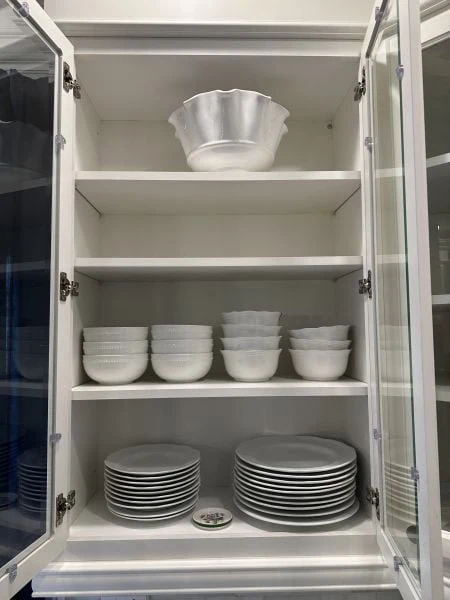In a world where excess is often the norm, minimalism offers a refreshing perspective on how to live more intentionally. Minimalism often gets a bad reputation – many believe it to be stifling and an obsessive need to own as few items as possible. But this is an inaccurate interpretation. At its core, minimalism is about stripping away the non-essential to focus on what truly matters. It’s not just an aesthetic choice or a hard stance against materialism, but a lifestyle that can lead to increased clarity, reduced stress, and a greater appreciation for the present moment.
The Essence of Minimalism
Minimalism goes beyond decluttering your space. It’s a philosophy that encourages intentional living. The minimalist mindset involves making conscious choices about how we spend our time, money, and energy. By focusing on quality rather than quantity, we can enrich our lives in ways that material possessions never could.
The Benefits of a Minimalist Lifestyle
- Reduced Stress: Research shows that women’s stress levels are directly proportional to the amount of stuff in their home. (source) A clutter-free environment often leads to a clearer mind. When your space is organized and your belongings are thoughtfully chosen, you’re less likely to feel overwhelmed by physical and mental clutter. The great Mother Teresa said it best, “The more you have, the more occupied you are. The less you have, the more free you are.”
- Increased Focus: With fewer distractions, it becomes easier to concentrate on tasks and goals. Did you know that getting rid of clutter eliminates 40% of housework in the average home?! (source) Minimalism encourages setting priorities and staying committed to what truly matters.
- Financial Freedom: By reducing unnecessary spending and valuing experiences over possessions, minimalism can lead to significant financial savings. The average American spends $18,000 per year on non-essential items. (source) Not to mention the US consumer credit card debt totaling $1.072 trillion. (source) Can you image what it would mean to have even a fraction of that money back in your pockets? This freedom allows for more opportunities to invest in experiences or save for future goals.
- Environmental Impact: Consuming less and making sustainable choices helps reduce waste and the environmental footprint. Minimalism often aligns with eco-friendly practices, contributing to a more sustainable planet. Here are some shocking facts to consider:
- “…the average American throws away about 81 pounds of clothing every year.” (source)The U.S. produces more than 12% of the planet’s trash, though it is home to only 4% of the world’s population. (source)
- Every 15.5 hours, Americans throw out enough plastic to fill the largest NFL stadium in the country, AT&T Stadium, and the pile grows larger every year. (source)
Practical Tips for Adopting Minimalism
- Start Small: Begin with one area of your life or home. This could be as simple as a closet, a drawer, or a digital declutter. Gradually expand as you get more comfortable with the process.
- Question Necessity: When acquiring new items, ask yourself if they truly add value to your life. This can help prevent impulse purchases and encourage more thoughtful consumption. I like to make it a point to visualize where an item would physically go in my home before I make any purchases. If there is no clear home or location where the item makes the most sense, take the opportunity to re-think the purchase or purge some items to make room for the new purchase.
- Embrace Quality: Opt for high-quality, durable items that serve multiple purposes. Investing in fewer, well-made possessions can often be more satisfying than owning many low-quality items. For example, you don’t need ten single-use kitchen gadgets. Stick with the tried-and-true quality appliances that have stood the test of time.
- Practice Gratitude: Focus on appreciating what you already have. Regularly reflecting on the positives in your life can enhance your sense of contentment and reduce the desire for more. While journaling is a great way to record your thoughts, you can always utilize voice-memos or typing on a word document for a less manual option. And sometimes, taking a break from social media is a healthy practice to reset your mind and priorities.
- Declutter Regularly: Make decluttering a routine part of your life. Regularly assess your belongings and remove items that no longer serve a purpose or bring you joy. Turning decluttering into a habit is a great way to ensure that you’ll continue to intentionally take note of what has come into your home and what has outstayed it’s welcome.
Minimalism and Mindfulness
Minimalism often intersects with mindfulness, a practice that emphasizes being present and fully engaged with the moment. Both philosophies encourage living with intention and appreciating simplicity. By combining minimalism with mindfulness, you can deepen your connection to the present and find fulfillment in everyday experiences.
Minimalism is not about denying oneself pleasure or living in austerity. Instead, it’s about making space for what genuinely enriches our lives. By embracing minimalism, we can simplify our lives, reduce stress, and cultivate a deeper appreciation for the things that matter most. It’s a journey towards living with intention and finding satisfaction in the simplicity of life.


